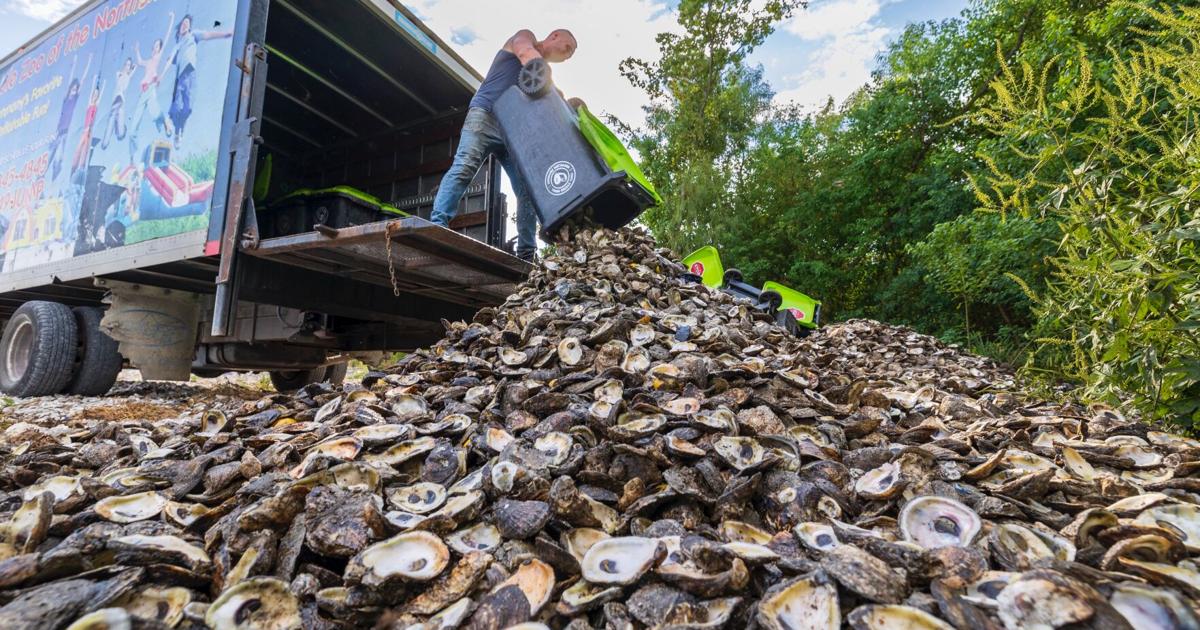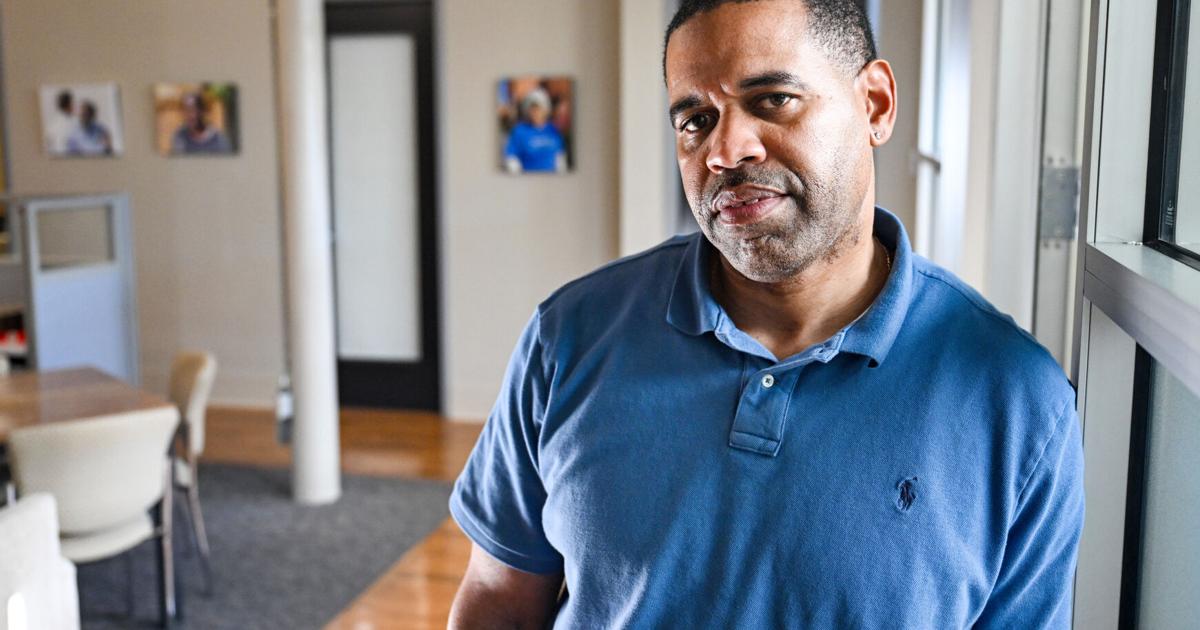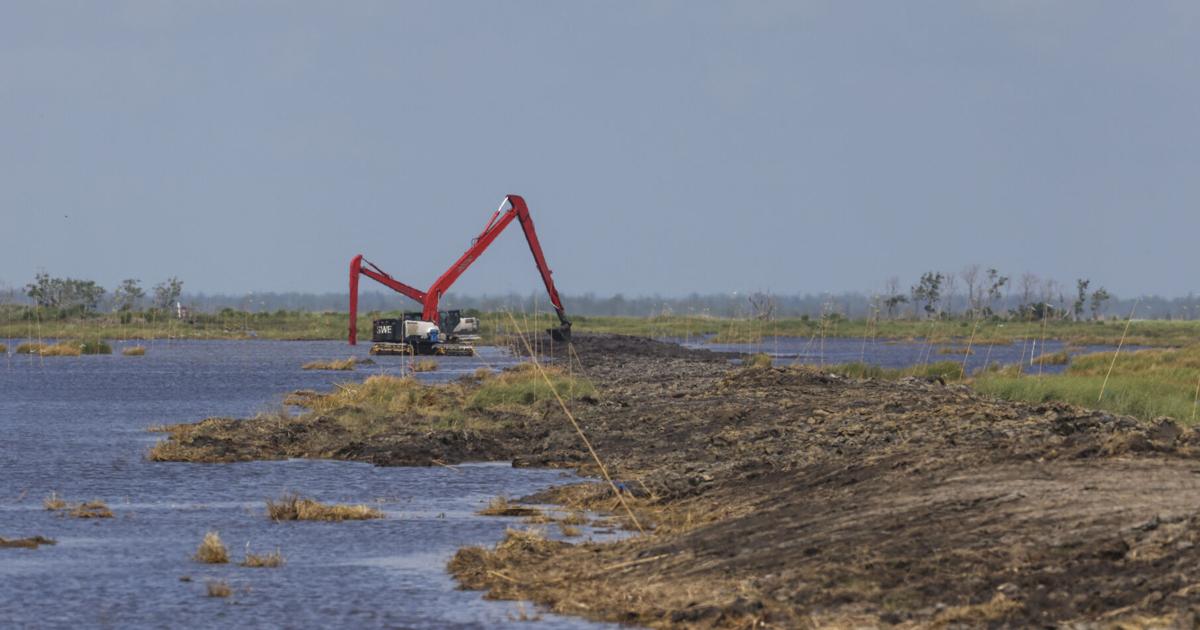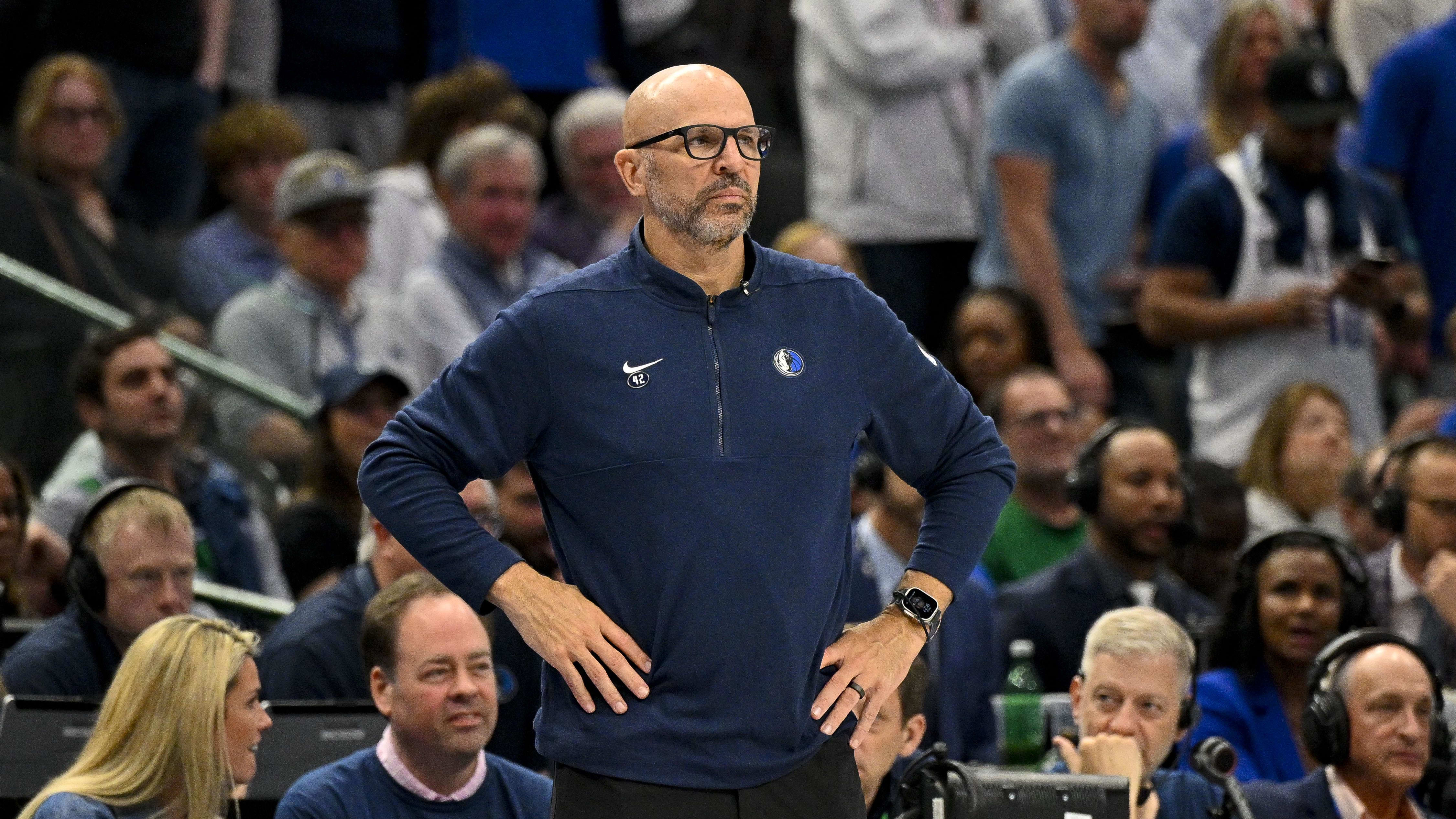Louisiana
Neuty, Bucktown’s beloved orphaned nutria, visits the Louisiana State Capitol

Myra Lacoste, center, wipes away tears as she and her husband, Denny, are asked by La. wildlife agents on Thursday, March 16, 2023 to turn in their pet nutria, Neuty, who they rescued after finding it struggling to walk near their home in Bucktown. Since then Neuty has become a well-known and much-loved pet. (Photo by Chris Granger | The Times-Picayune | The New Orleans Advocate)

Louisiana
Millions of pounds of oyster shells are being recycled to help restore the Louisiana coast

One night in March, Jason Pitre left his Bayou Rosa Oyster Farm in Leeville with sacks of oysters bound for a fundraiser in New Orleans. He’d just pulled those oysters from the waters of Bayou Lafourche, the same his family has worked for four generations.
As he opened each oyster, he knew that eventually their shells would be headed back to the coastal again.
The shells were collected during the event and fed into a stream of oyster shells, measured in the millions of pounds, that will be used to restore Louisiana oyster reefs. That’s helping cultivate more oysters, boosting ecosystems around them and contributing to coastal restoration efforts.
Containers for oyster shells only outside Bourbon House in the French Quarter of New Orleans on Friday, April 5, 2024. They will be used to help rebuild the coast. (Photo by Chris Granger, The Times-Picayune)
“I know the effect these reefs have on our living shoreline,” said Pitre, a member of the United Houma Nation who counts oyster farming as part of his heritage. “It’s rewarding to know that what I grow will go back into the water to help the coastal restoration fight that we’re in. It’s this whole circle of life being completed.”
Pitre was one of a half dozen oyster farmers serving samples of their harvests at Shell-a-Bration, the annual fundraiser held at Audubon Zoo for the Oyster Shell Recycling Program. The initiative is part of the Coalition to Restore Coastal Louisiana, a New Orleans-based nonprofit that advocates to protect the state’s coast.
The Oyster Shell Recycling Program works with restaurants to collect oyster shells that would otherwise be headed to the landfill and puts them back to work for the coast.
Restoring the loop

Oysters stacked and waiting to be chargrilled at Bourbon House in the French Quarter of New Orleans on Friday, April 5, 2024. (Photo by Chris Granger, The Times-Picayune)
The shells become the building blocks for reef restoration projects, and the coalition has been working specifically with indigenous communities, selecting project areas where they can help protect sites of special cultural and environmental significance.
The program is 10 years old, but the idea is not a new one.
“It’s filling a gap in a process of returning shells to the wild, a process that’s been around since people started eating oysters, because people always knew they provide habitat for more oysters,” said Darrah Bach, recycling program manager for the coalition.
But without direct connections to oyster lease holders, most restaurants simply throw shells in the trash like all the other kitchen waste.

Oyster remains at Bourbon House in the French Quarter of New Orleans on Friday, April 5, 2024. (Photo by Chris Granger, The Times-Picayune)
“We’re restoring that loop, giving restaurants a way to get shell back to where it can do the most good,” she added.
Oyster reefs beget more oysters. Baby oysters need a platform on which to grow, and the shells of other oysters are ideal for this purpose. As oysters layer up upon oysters, reefs form and grow higher and thicker.

Shucking oysters at Bourbon House in the French Quarter of New Orleans on Friday, April 5, 2024. (Photo by Chris Granger, The Times-Picayune)
This creates habitat for other sea life, but the benefits of healthy and restored reefs are far reaching. They can serve as buffers between the open water, communities and habitats along the coast. During storms, reefs act as underwater speed bumps, and even in calmer times they break up the wave energy approaching fragile coastal features.
One vivid example is playing out in Plaquemines Parish, in Adams Bay, where the coalition and its partners deployed 150 tons of shells to restore a reef to better protect what’s known as the Lemon Tree Mound.
While the space is an ancient Native American archaeological site, saltwater intrusion and wave action killed its namesake trees and threatened to wipe out the mound. Since the reef restoration began here in 2021, the mound’s grassy footprint has been expanding behind this rampart-like reef.
Expanding the harvest

Serving fresh oysters at Bourbon House in the French Quarter of New Orleans on Friday, April 5, 2024. (Photo by Chris Granger, The Times-Picayune)
The Oyster Shell Recycling Program has steered some 14 million pounds of oyster shells back to the coast over 10 years, and the 30 restaurants participating now contribute about 1.5 million pounds a year.
To customers the recycling process is largely invisible, and for restaurants it’s simply a matter of steering shells to bins for recycling collection. Many of the biggest names in the New Orleans oyster scene take part, including Acme Oyster House, Felix’s, Drago’s, Casamento’s and Sidecar.
Dickie Brennan’s Bourbon House in the French Quarter was the first restaurant to sign up for the program, and today, every one of the roughly 2,000 oysters shucked daily at its busy oyster bar join the reef restoration effort. When the same restaurant group acquired historic Pascal’s Manale Restaurant last year, one of the first orders of business was to add its oyster bar to the program also.

Wear and tear evidence from years of shucking oysters on a counter at the oyster bar at Bourbon House in the French Quarter of New Orleans on Friday, April 5, 2024. (Photo by Chris Granger, The Times-Picayune)
Recycling bins at the restaurants are emptied several times a week, and the shells are hauled to a curing site in St. Bernard Parish, where they sit in the sun and open air until they’re ready to deploy.
The program charges restaurants for the service, likening it to any other recycling or waste disposal service.
However, now there’s help available to cover that cost. In January, the state enacted a new tax credit for restaurants that recycle oyster shells, at a rate of $1 per 50 pounds of shells recycled.
“We’re hoping that will be a big motivator for more restaurants to join the program,” Bach said.
The tax credit comes as the coalition is also expanding the geographical reach of its recycling program. Right now, all participating restaurants are in the New Orleans area, but the group wants to add restaurants in Baton Rouge and is now looking for contractors to haul shells. The group is eyeing potential further expansion with restaurants around Lafayette and Houma.

Shucking oysters at Bourbon House in the French Quarter of New Orleans on Friday, April 5, 2024. (Photo by Chris Granger, The Times-Picayune)
Making connections
Shell collection was temporarily shut down in the early phases of the pandemic, when restaurants were closed. But participation grew as restaurants started coming back, with assistance from one of the coalition’s partners.
Chef’s Brigade is a grassroots group that quickly formed to help keep New Orleans restaurants in business during the bleakest part of the pandemic — and founder Troy Gilbert, an advocate for coastal restoration, connected many of these restaurants with the recycling program along the way.

A sack of raw oysters at Bourbon House in the French Quarter of New Orleans on Friday, April 5, 2024. (Photo by Chris Granger, The Times-Picayune)
Today Chef’s Brigade also operates a program called Chefs on Boats, which brings restaurant staff out on boat tours to the front lines of coastal loss and restoration, including to oyster reefs built on recycled shells.
“They’re making that connection between what they’re doing in their restaurants, where it comes from and the good those shells could do again, why it’s worth making the change in their operations,” Bach said.
The effort has also become a recruiting tool for the recycling program, giving a firsthand perspective on the difference restaurants can make through one change in their operations. As more people learn about the oyster shell recycling program, it’s also making that connection between restaurant customers and oyster aficionados.

Oysters stacked and waiting to be chargrilled at Bourbon House in the French Quarter of New Orleans on Friday, April 5, 2024. (Photo by Chris Granger, The Times-Picayune)
The Coalition to Restore Coastal Louisiana has public access recycling bins situated around New Orleans, where people who open oysters at home can recycle shells at no charge. The public can support the program through contributions, and there are also hands-on volunteer opportunities with shell bagging events through the year.
“Another way people can support this is just to ask at the restaurants they visit if they recycle,” she said. “That helps build awareness.”
Louisiana
State of the State: Water the top topic for Louisiana ag in 2023

Water is both a blessing and a curse for farmers in the fertile soils of the Mississippi Delta. Quality, quantity and availability see silent shifts from year to year and add to the thrilling challenge of growing good crops in one of nature’s most unpredictable environments.
“Water is king,” said Louisiana Commissioner of Agriculture and Forestry Mike Strain. “What did Mark Twain say about water? ‘Whiskey is for drinking and water is for fighting’ – think about that.”
During his address to Louisiana Women in Agriculture, Strain’s top challenges and opportunities for the state’s farmers and ranchers all boiled down to one singular topic – water.
“You get into the heartland of America and there are massive, vast amounts of crops but those aquifers are limited,” Strain said. “Where is the future of agriculture? You can see it right on the river systems where we have water.”
Louisiana water
Specifically, the water-driven future of agriculture lies in Louisiana’s 5th Congressional District, which according to Strain, is the largest row crop district in the United States. The district, which encompasses most of the rural northeastern portion of the state, faced a reckoning in 2023 as saltwater intrusion in the Mississippi River gained enough ground to give irrigators pause.
“For the first time ever, we were fighting saltwater coming up the Mississippi River,” Strain said. “It was moving at a mile and a half per day, and it reached 68 miles up the river. We couldn’t stop it.”
The risk of saltwater intrusion in the Mississippi was a calculated one, carefully analyzed before a Congressionally authorized enlargement of the river’s navigation channel from 45 ft. to 50 ft. Previously, the balance of fresh water to saltwater at the mouth of the Mississippi was well-maintained, although a low pressure system in the Gulf in 2023 and subsequent drought made way for saltwater to travel upstream.
“Believe it or not, saltwater will run under fresh water and that’s why we see saltwater intrusion all along the coast,” Strain said. “The big fight we had were the timetables we were facing for the point where there would be no water for New Orleans and everyone else down river.”
The solution to the problem was an underwater saltwater barrier sill constructed in the center of the river nearly 64 miles inland, in order to reduce saltwater flow while continuing to allow freshwater movement.
2024 climate
In addition to the in-river upgrade, Strain said a shift in climate from El Nino patterns to La Nina would greatly change the 2024 growing season for Louisiana farmers.
“We need the shift in these weather patterns to La Nina to bring more water,” Strain said. “For the first time in generations there was not a single hurricane or tropical storm or any moisture to be found. Normally 65% of all storms bring rain and hit our coast.”
The low-pressure system along the coast sat for many months and blocked rainfall, extending drought from April through December. Delays with Louisiana’s drought map creation and reporting exacerbated the problem, creating a lag for drought-related payments and further frustrating farmers.
Strain said he’s hopeful a new state climatologist and new state meteorologist will help expedite the reporting process in the future, especially essential national reports and programs.
Louisiana
Tioga High School’s Bailey Gallineau signs to become Louisiana Tech Cheerleader

BALL, La. (KALB) – Tioga High School’s Bailey Gallineau signed her letter of intent to become a Louisiana Tech Cheerleader on April 29.
Brittney Kings, Head Coach for the THS Cheer Team, shared that Bailey has an extensive list of achievements, including:
- 4-year varsity cheerleader serving as Co-Captain junior year and Captain senior year
- 6 time NCA All-American Cheerleader
- NCA Top Gun-Best Jumps
- NCA Top Gun- Best Tumbling
- NCA Staff Nominee
- Senior Cheer Awards- Best Indian Reservation performer, Senior MVP, Captain Award,
- All-American, Most Dependable
- 4-year Student Council Member- Class Vice President, Class President, Student Body
- Secretary
- 3 Year A Honor Roll- Sophomore-Senior Year
- Chiefs Freshman Mentor
- Student Senate Member
- Fellowship of Christian Athletes- Member, Leadership Team, and Speaker
- Student of the Month Sophomore and Senior year
- Student of the Year Nominee
- Ruby Badge Recipient
- Sapphire Badge Recipient
- Homecoming Princess
- District Track 800-meter Qualifier
- Cross Country 3 mile Top 10 Qualifier for Regionals
Congratulations!
Click here to report a typo. Please provide the title of the article in your email.
Copyright 2024 KALB. All rights reserved.
-

 Education1 week ago
Education1 week agoVideo: Dozens of Yale Students Arrested as Campus Protests Spread
-

 World1 week ago
World1 week agoShipping firms plead for UN help amid escalating Middle East conflict
-

 World1 week ago
World1 week agoEU sanctions extremist Israeli settlers over violence in the West Bank
-

 Politics1 week ago
Politics1 week ago'Nothing more backwards' than US funding Ukraine border security but not our own, conservatives say
-

 Politics1 week ago
Politics1 week agoDemocrats hold major 2024 advantage as House Republicans face further chaos, division
-

 Politics1 week ago
Politics1 week agoFetterman hammers 'a–hole' anti-Israel protesters, slams own party for response to Iranian attack: 'Crazy'
-

 World1 week ago
World1 week agoPeriod poverty still a problem within the EU despite tax breaks
-

 Politics1 week ago
Politics1 week agoA battle over 100 words: Judge tentatively siding with California AG over students' gender identification



















